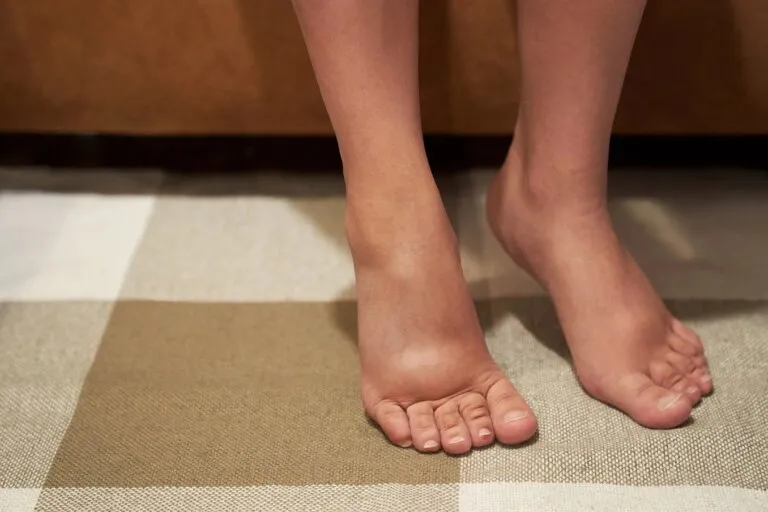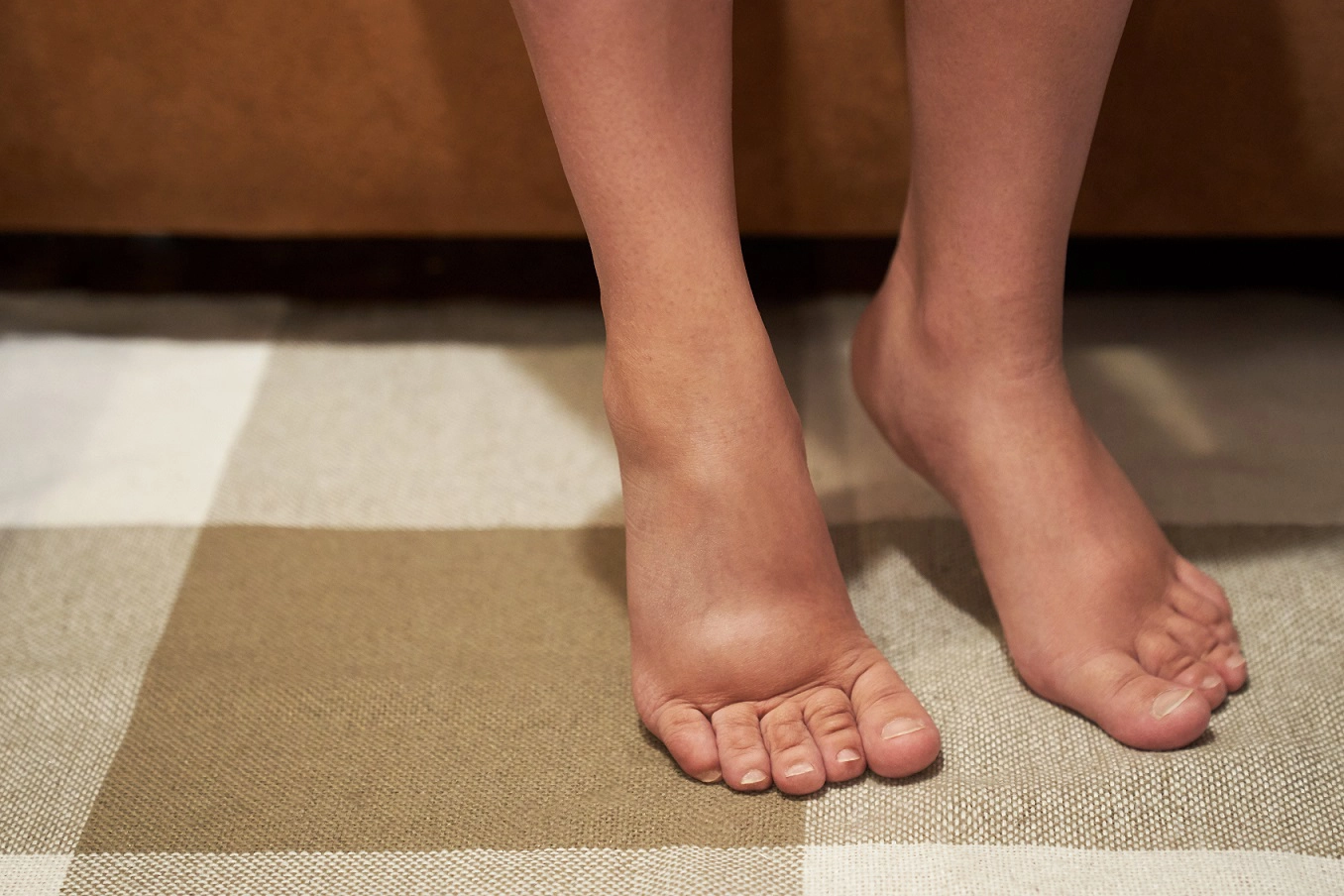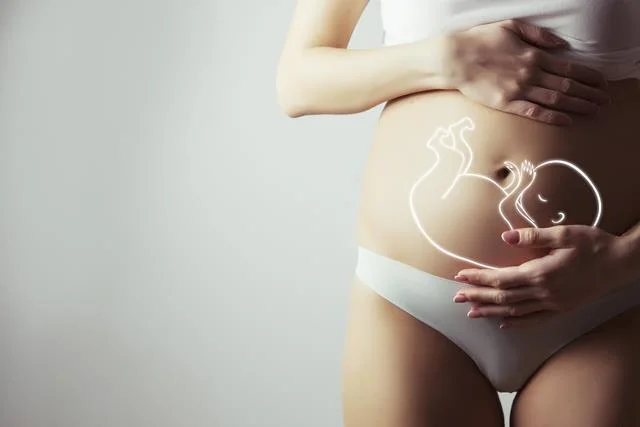Many pregnant women notice swelling of the ankles and general swelling of the body. In most cases, this is related to the physiological changes that occur in a woman's body during pregnancy. However, there are situations when the appearance of swelling should be of particular concern for the pregnant woman. What are the causes of swelling in pregnancy?Many pregnant women notice swelling of the ankles and general swelling of the body. In most cases, this is related to the physiological changes that occur in a woman's body during pregnancy. However, there are situations when the appearance of swelling should be of particular concern for the pregnant woman. What are the causes of swelling during pregnancy?
Swelling during pregnancy – Causes
For most pregnant women, the appearance of oedema is related to the natural and physiological changes that occur during pregnancy. One of them is the increased volume of circulating blood in the pregnant woman’s body. This is mainly due to increased water retention, i.e. the storage of water in the woman’s body. The whole process starts as early as the first trimester of pregnancy, when the circulating blood volume increases by about 10-15% compared to the pre-pregnancy state. The peak values are usually reached between the 28th and 34th week of pregnancy, when the percentage reaches almost 50% and remains unchanged until delivery. In addition, hormones such as progesterone and estrogens also play an important role. These affect the permeability of the blood vessels and can thus lead to oedema. The increasing size of the uterus itself, which occupies a larger part of the abdominal cavity, also has an effect. This is because its size compresses the surrounding venous vessels that drain blood from the lower limbs. Impeded drainage from this area also contributes to oedema.
Swelling in pregnancy – when should it be a concern?
Although swellings are usually due to physiological changes, they can sometimes be the result of abnormal pregnancy development. Of particular concern is the occurrence of the so-called preeclampsia, which, if incorrectly treated or undiagnosed, poses a real threat to the life of the woman and the maintenance of the pregnancy. In the course of the disease, two simultaneous pathologies are usually observed – hypertension and protein deficiency after the 20th week of pregnancy. Significant increase of oedema in the course of pre-eclampsia may indicate poorly controlled blood pressure and impaired renal function. It is worth noting that the diagnostic criteria for preeclampsia include renal damage that was not present before pregnancy and is associated with elevated creatinine levels. Therefore, according to the PTGiP recommendations, every pregnant woman should have a general urinalysis once a month, including determination of protein x levels, and blood pressure should be measured at every follow-up visit by the attending physician.
How to deal with swelling during pregnancy?
To reduce swelling during pregnancy, it is worth following a few simple rules:
- If the swelling is severe, it is advisable to rest and sleep with the limbs elevated.
- Footwear should fit and not press on the foot.
- A proper and balanced diet and adequate hydration are especially important in the summer.
- It is useful to apply cool compresses on feet and lower legs at regular intervals.











